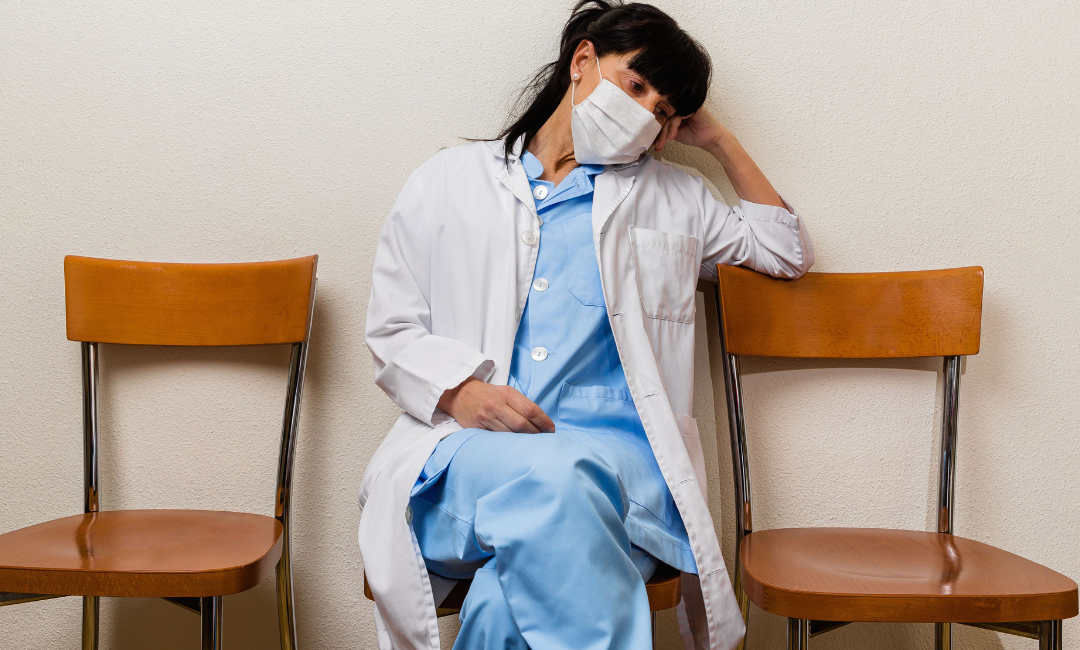What Are the 5 P’s of Nursing?
Pain
As we all know, pain is often something that we cannot see.
In some cases, chronic pain is commonly identified as an ‘invisible illness.’
When completing hourly rounds, it is vital that nurses are assessing and addressing any potential pain their patients might be experiencing.
From a patient’s perspective, feeling heard is a major part of a healthcare facility experience, so it is important that the nurse and care team are playing an active role in ensuring that any expressed pain or discomfort is relayed to the physician.
Position
More than 2.5 million patients in acute-care facilities suffer from pressure ulcers, according to the Joint Commission.
Hospital-Acquired Pressure Ulcer/Injuries (HAPU/I) can not only be detrimental to a patient and their health, but the reputation of the healthcare facility itself — especially when considering that prospective patients can view Hospital Consumer Assessment of Healthcare Providers and Systems (HCAHPS) results and HAPU/I data before determining where they will receive care.
The prevalence of HAPU/I and other health issues, such as blood clotting, muscle weakness, etc., can be significantly reduced during hourly nursing rounds.
Once patient pain is addressed, try:
- Asking if they are comfortable;
- Repositioning them (follow your facility’s protocol);
- Adjusting any blankets or pillows if requested; or
- Reassessing their comfort.
Potty (or Personal Hygiene)
Urinary tract infections (UTIs) are one of the most common hospital-acquired infections (HAIs).
Whether it is from a catheter, poor hygiene, or a blockage, various situations (some of which are preventable and can be performed during hourly rounds) can result in a UTI.
For some patients, a nurse simply asking, “Do you need to use the restroom?” is enough. However, there will be other instances where you might have to investigate further and ensure the patient does not need to relieve themselves.
In the event that the patient does need to use the restroom, the nurse and care team should be there to provide assistance.
This also applies if the patient needs showering.
Periphery
Depending on how long a patient’s hospital stay is, there will be many instances where they will need items moved around the room for their accessibility.
From their own personal items, to perhaps even the trash can, it is inevitable that a nurse will maneuver items or refill water cups at least once or twice during their rounds.
This is one of the most impactful 5 P’s of nursing rounds simply because it directly impacts a patient’s experience. If nurses are being responsive to peripheral requests that make their stay easier, it will improve the chances of positive reporting in a follow-up survey.
Pump
According to the Institute for Safe Medication Practices, IV sites and pumps should be checked every two hours or anytime a nurse comes in to reposition a patient.
Of course, this can be modified or tailored to a specific facility’s protocol. However, it is essential that pumps and sites are checked frequently.






